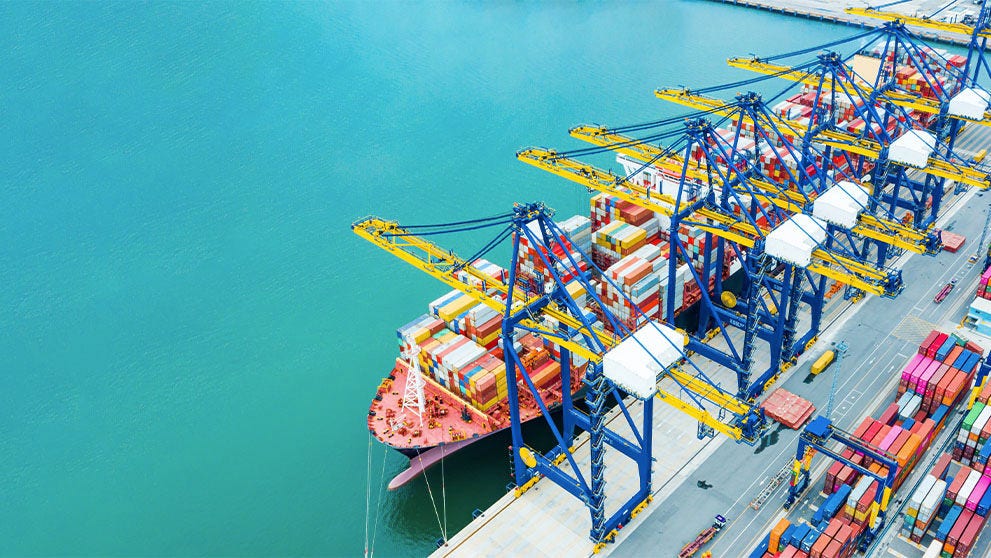
From Aotearoa to the world: A guide to shipping artwork internationally
New Zealand’s art scene continues to flourish, with painters, sculptors, and galleries connecting with collectors across continents. As Kiwi creativity draws global attention, the challenge lies in ensuring that these works arrive safely at their destination. From fragile surfaces to irregular shapes, artwork demands special care throughout the journey.
This guide offers practical steps for shipping artwork internationally. It covers secure packing techniques, customs documentation, insurance considerations, and other logistical details that keep valuable pieces safe in global transit.
1. The challenges of international art shipping
Inadequate safety and risk of damage
Artwork requires more than standard fragile packing. Paintings and sculptures must withstand long flights, changing climates, and multiple handling points. Inadequate protection increases the risk of scratches or crushing, so high-quality materials and correct preparation are critical. Even slight vibrations can harm delicate surfaces if the artwork is not stabilised during transport.
High shipping costs and fees
Shipping fees depend on several variables, including size, weight, packaging, distance, and insurance. Artists often underestimate these costs, forgetting factors like declaration fees or handling surcharges. Professional coverage such as shipment value protection ensures compensation for the true market value in case of damage. It’s an additional cost but also a safeguard against potentially irretrievable loss.
2. How to pack artwork for safe global transit
Packing unframed paintings and prints
Unframed art is generally less expensive and less risky to ship because it can be rolled and placed inside a shipping tube. This approach reduces weight and the chance of damage.
- Prepare a clean workspace and lay the artwork face down on acid-free glassine or archival paper.
- Cover the artwork with another sheet of glassine to create a protective "sandwich".
- Carefully roll the artwork with the painted side inward to prevent cracking or flaking, avoiding tight rolls that cause creases.
- Secure the roll with artist's tape, making sure the tape can be easily removed.
- Wrap the rolled piece in bubble wrap, ensuring the bubbles face outward.
- Insert the wrapped artwork into a sturdy cardboard or PVC mailing tube that is slightly larger than the roll.
- Fill the ends of the tube with bubble wrap or similar padding to prevent movement.
- Seal both ends of the tube tightly with packing tape.
Packing framed paintings and prints
Framed artwork with glass requires careful packing to avoid breakage and damage to the frame and canvas.
- Protect the glass by applying painter’s tape or glass tape in an 'X' pattern to keep the glass intact if it breaks.
- Cover the entire framed piece with glassine paper or acid-free tissue to safeguard the surface.
- Wrap several layers of bubble wrap around the frame, paying special attention to corners and edges.
- Place the wrapped artwork between sturdy plywood sheets or thick Styrofoam boards to prevent bending or impact damage.
- Use a double-walled, full-overlap slotted box that fits the framed piece snugly.
- Add cardboard liners or foam inserts inside the box to reduce movement.
- Seal the box securely using strong packing tape.
- Clearly label the box as fragile and mark "Handle with Care" and "This Side Up".
- Ensure the artwork fits tightly within its container to prevent internal shifting during travel.
Packing sculptures and installations
Sculptures and installations require customised packing due to varied size, weight, and fragility.
- Select a rigid box or custom wooden crate sturdy enough to support the sculpture’s shape and weight.
- Wrap the sculpture thoroughly with foam sheets or bubble wrap to cushion delicate or protruding parts.
- Fill any empty spaces in the container with shock-absorbing materials such as packing peanuts, air pillows, or crumpled kraft paper to prevent shifting.
- Clearly label the package as fragile and include handling instructions like the correct upright orientation1.
These steps ensure that even large or irregularly shaped works remain stable and secure from shock.
3. Other considerations when shipping artwork internationally
Navigating international documentation and customs
Each country has its own unique import and export conditions for artwork. In the United States, for example, original art can qualify for duty-free entry, while elaborate frames may incur additional costs.
From New Zealand, exporters must complete the CUSDEC‑2 Export Declaration Form, providing details such as dimensions, weight, and declared value. Supporting documents, including invoices, certificates of origin, or sales receipts, are required for customs clearance. Listing items accurately avoids costly delays or reviews at checkpoints2.
Being aware of prohibited and restricted items
Certain creations cannot be exported without authorisation. Works containing restricted materials such as ivory, coral, or animal derivatives may require a CITES permit. Cultural artefacts, heritage objects, and Māori taonga are subject to stricter protection laws. Failing to adhere to these can lead to seizure or fines, so artists should confirm documentation before dispatching3.
Insurance and valuation
Shipping insurance is essential when transporting valuable or irreplaceable artwork.
- Arrange for coverage beyond standard courier policies.
- Keep an independent valuation or gallery certificate to confirm declared worth.
- Record condition photos prior to dispatch.
Professional appraisal ensures appropriate compensation in case of mishandling, loss, or natural damage during customs inspection4.
Securing your art's journey with DHL Express

Shipping art overseas can be demanding, especially for artists managing complex logistics for the first time. A reliable courier service ensures every piece is handled with the care it deserves. DHL Express has specialists trained in fragile shipments, practical shipping guides for small businesses, and a network covering more than 220 countries and territories.
With shipment value protection, scheduled pickups, and dedicated delivery, you can trust your artwork will arrive safely and on time. DHL Express NZ partners with artists and galleries to protect every piece and improve customer perception through consistent, reliable service. For urgent shipments, our on-demand delivery lets you decide exactly when and how your artwork arrives.
Open a DHL Express business account today for secure, seamless international shipping.

































